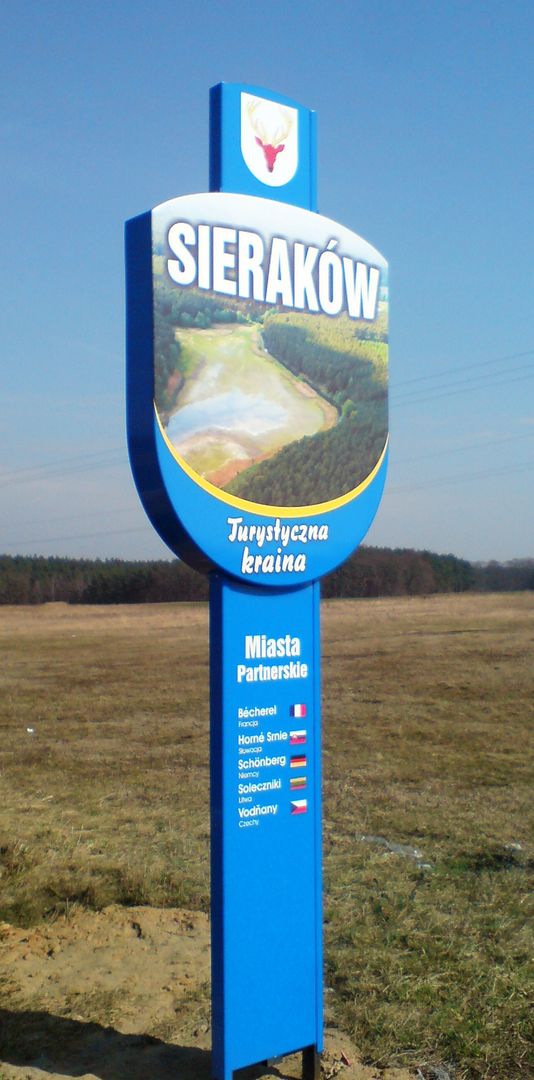Sieraków
6.88

Overview
Sieraków is a town in western Poland, located in the Greater Poland Voivodeship, situated on the Warta River, near the Notecka Forest and Lakes Jaroszewskie and Lutomskie. With historical roots dating back to the 13th century, Sieraków was a point on the trade route from Poznań to Szczecin. The town boasts a rich architectural heritage, highlighted by the 17th-century Church of the Immaculate Conception of the Blessed Virgin Mary, known as the "Pearl of Sieraków," and the Bernardine monastery complex. In the 19th century, a wooden Evangelical church was also built, part of which was destroyed in 2010. Sieraków is famous for the preserved fragment of the Opaliński Castle, which now serves as a museum. The town also has artisanal traditions, with historical significance tied to the stud of Wielkopolski breed stallions, established in 1829. In 1649, Sieraków gained importance thanks to a gymnasium co-founded by Jan Ámos Komenský, and its settlement development attracted residents, making it one of the region's key private centers. In the 20th century, the town experienced events such as World War II, and after the war, it was incorporated into the history of the reborn Polish state through administrative renewal. Interestingly, Sieraków hosts local fairs and offers various tourist attractions, such as lake beaches and hiking trails in the Notecka Forest. The town also demonstrates significant sporting activity, with numerous football clubs and recreational facilities. Sieraków's economy is based on the glass industry, featuring a famous glassworks and meat processing plants, supported by regional agriculture. The town also has a rich educational program, including kindergartens, primary schools, and secondary schools, while religious communities enrich local life. With its unique historical heritage, picturesque nature, and cultural activity, Sieraków is an interesting point on the map of Poland.
Location
You can also find here:
2025 Wizytor | All Rights Reserved
